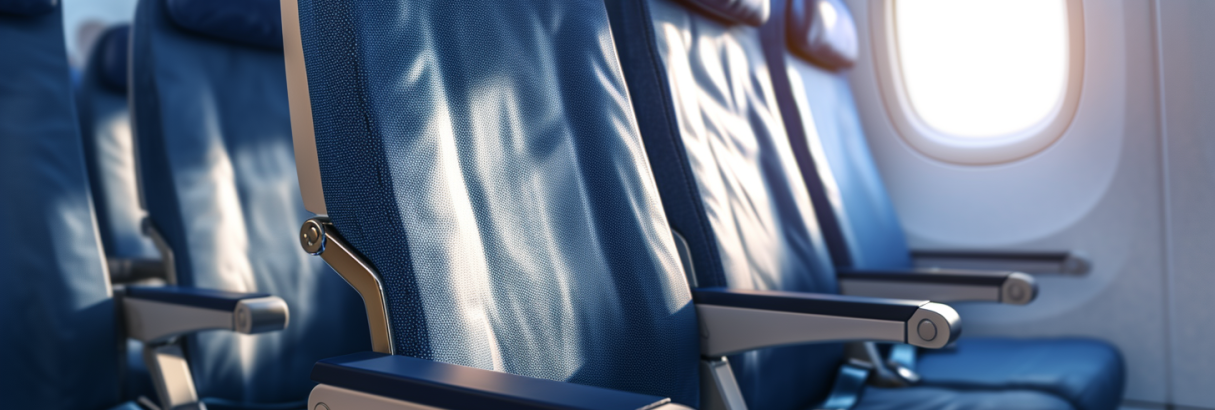KLM – estimating the booking curve #SWI2024
Introduction
The Pricing & Revenue Management team of Air France – KLM forecasts demand, willingness to pay, show-up rates, and booking curves of passengers. Based on that, we determine the optimal price to ask for airline tickets. The booking window of a flight (which starts one year before departure) is split up into 30 time frames. The booking curve tells us which percentage of the demand is expected to be booked in each time frame for each Origin & Destination (O&D) pair. The O&D of a passenger consists of the starting point of a passenger’s journey and the endpoint, regardless of how many flights are needed to get there. The booking curves are calculated using data from past departures and used for future departure dates. Based on the current value of the booking curve, we know how much demand is still to expect and what price to ask them. We want to improve the algorithm that calculates the booking curves.
Problem Description
The problem consists of two parts:
- How to calculate the booking curves?
Currently, we use a simple hierarchical tree with a fixed order of the features to split on. We try to compute the booking curve as deep in the tree as possible, but we prune a node if there is less than X demand in it in the past year. For each node that is not pruned, we calculate the booking curve by looking at the percentage of the total demand booked in each time frame. An example of a feature in the current tree is the day of the week of the departure. See a simplified example tree below:
In the example, there is sufficient demand for the departure day of the week on Monday. Hence, the booking curve of the flights departing on Mondays in the future is based on historical data of only Mondays. On Tuesdays, the demand is below the pruning threshold. Therefore, future departures on a Tuesday will use a booking curve that is based on the historical data of all days of the week. In this example, we look at the O&D AMS-BCN (Amsterdam – Barcelona) which can consist of both passengers flying directly from Amsterdam to Barcelona and passengers flying from Amsterdam via Paris to Barcelona.
We would like to use a smarter way of calculating the booking curves, for example, using machine learning methods. There are quite a lot of O&Ds with very little data, but we would still like to forecast an accurate booking curve. Due to the setup of the networks of Air France and KLM, there are a lot of very small O&Ds with only a few bookings per year. And there are a lot of dimensions that could be considered. For example:
- Passengers on a business trip typically book later than passengers making a leisure trip.
- Passengers on long haul (Intercontinental) book earlier than passengers on medium (Europe) and short-haul (within France).
- Depending on the local culture of the country where the passenger starts his trip, passengers might book earlier or later.
- Some countries have visa regulations that make the bookings come in earlier.
- Passengers in a business cabin might book later than passengers in an economy cabin.
- The O&D can play an important role in the booking pattern.
- Groups book earlier than individuals.
- Since most passengers stay for some days at their destination while they book both bounds at the same time, the bookings for their return flight come in a few days/weeks before the bookings for their outbound flight.
- How to measure the accuracy of the booking curves?
To measure the performance of different of different algorithms, we need a good accuracy metric. In this metric, it should be considered how long our forecast was off and how far off it was.
Desired Outcome
The desired outcome is to improve the algorithm used to calculate booking curves for Air France–KLM flights. This can be achieved by implementing machine learning methods to calculate booking curves in a more accurate and efficient manner. We aim to improve the accuracy of the booking curves for all O&Ds, including those with limited data. Additionally, we want to develop a more comprehensive accuracy metric that considers the duration and magnitude of forecasting errors. By achieving these goals, we hope to optimize the pricing and revenue management strategy for Air France–KLM.


